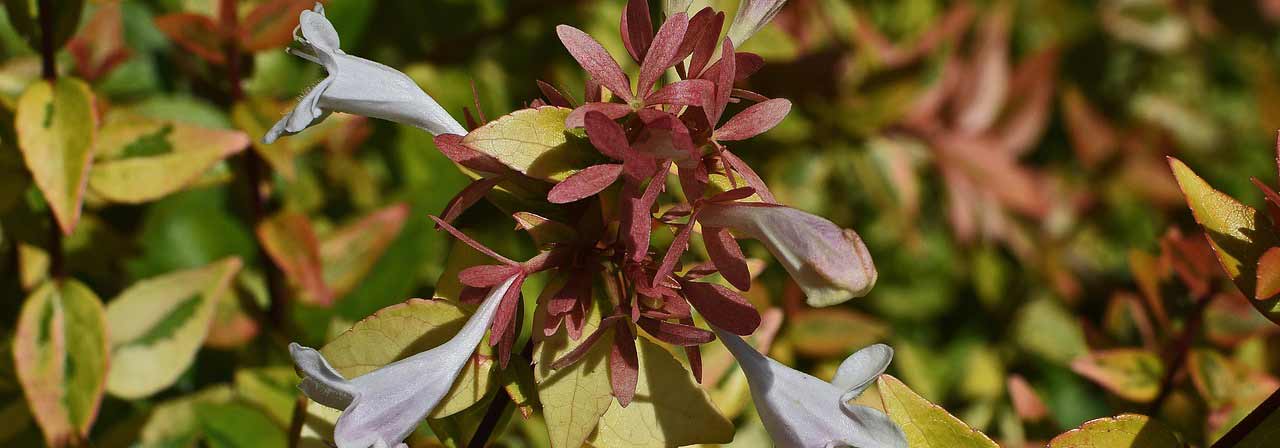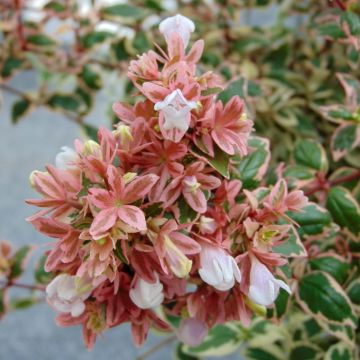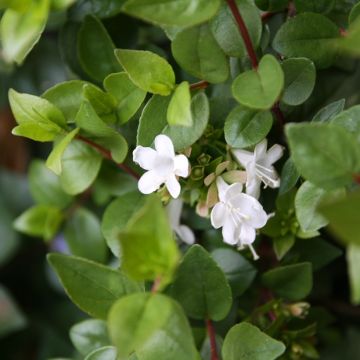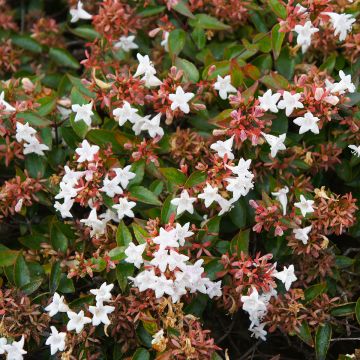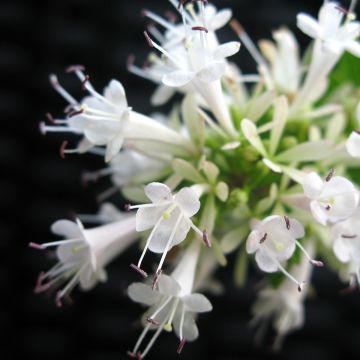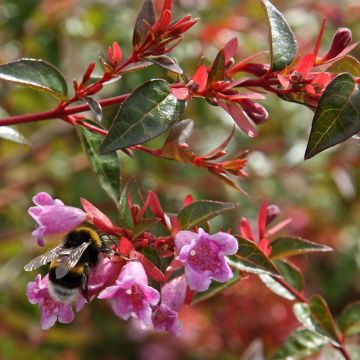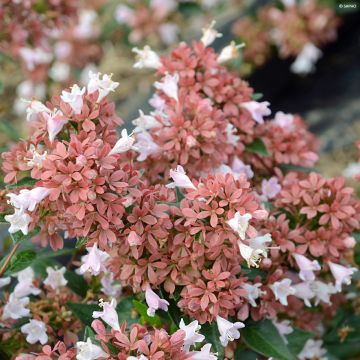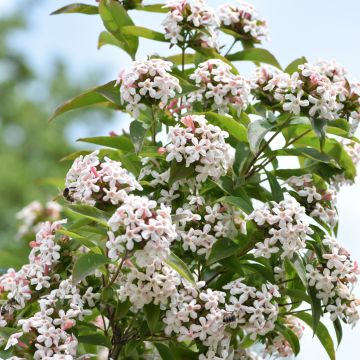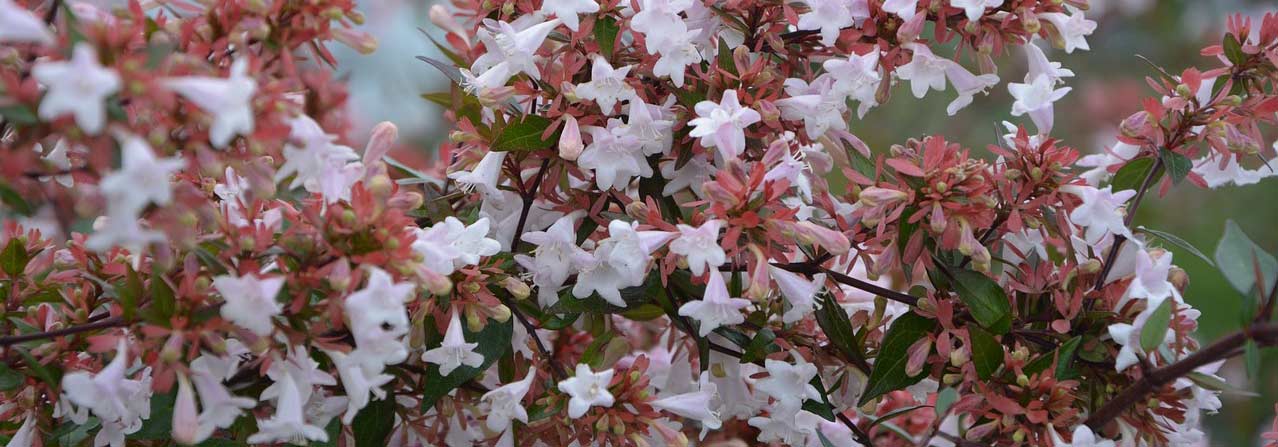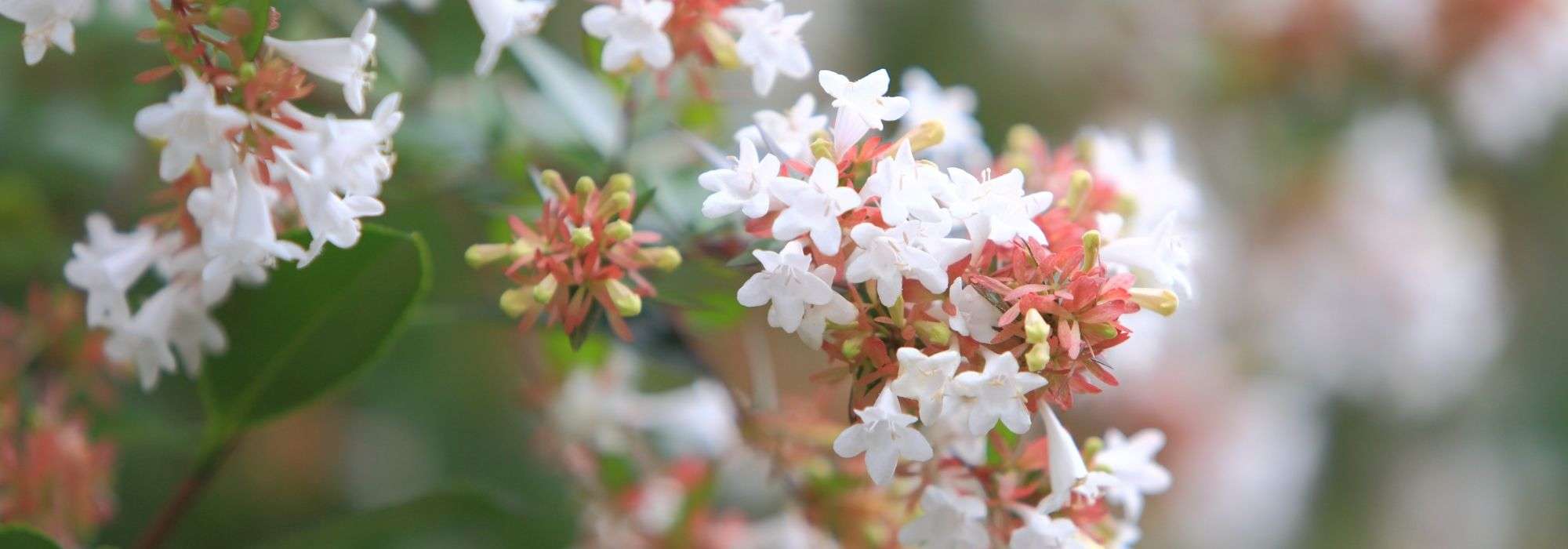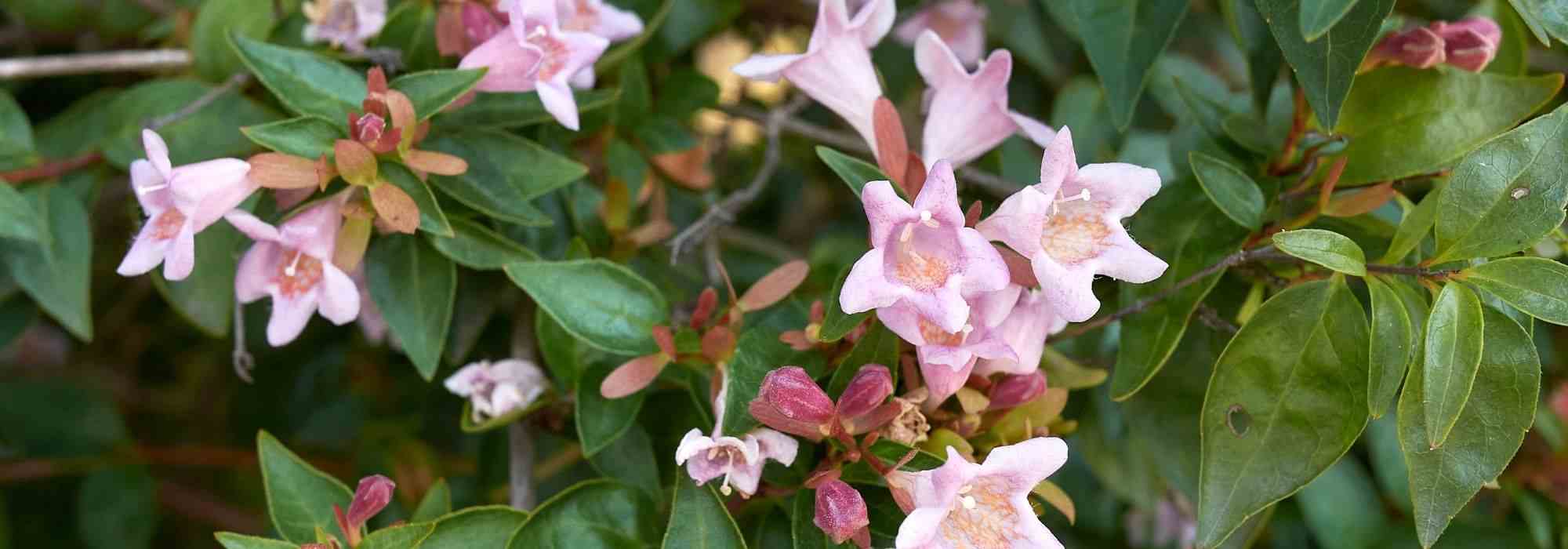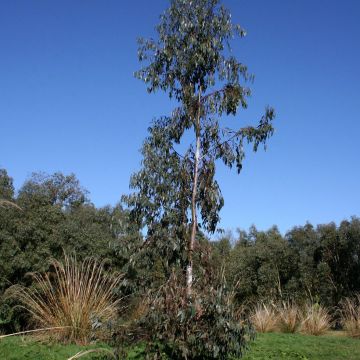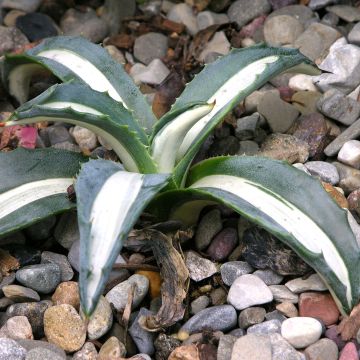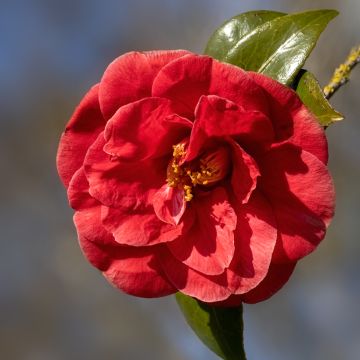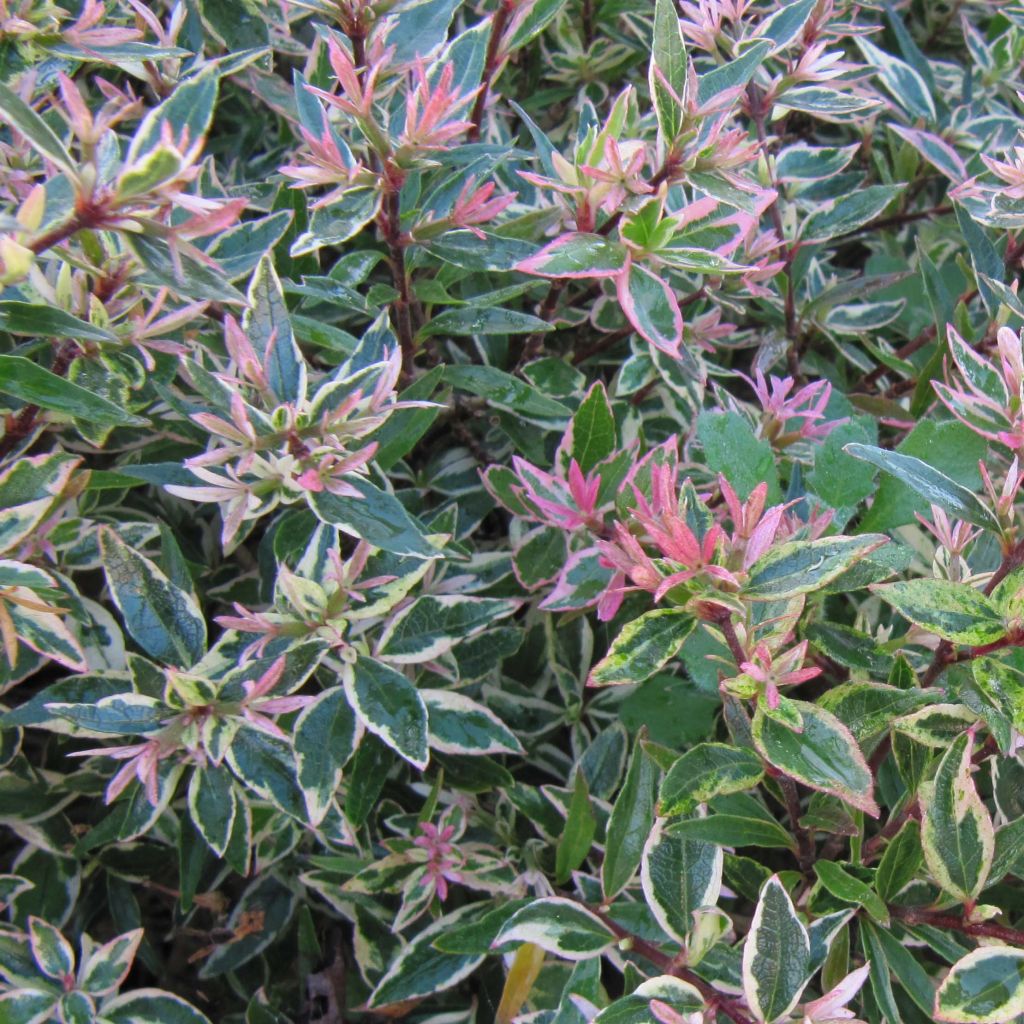

Abelia x grandiflora Confetti
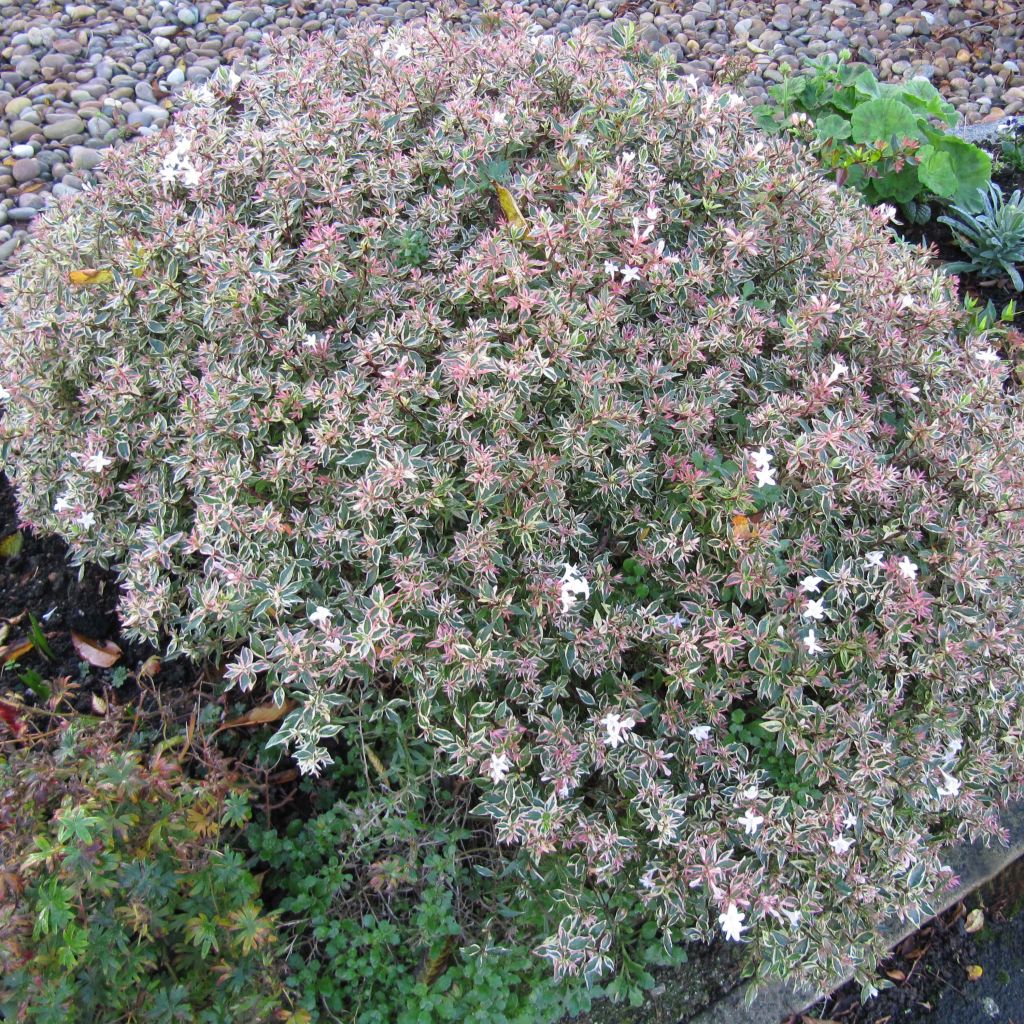

Abelia x grandiflora Confetti
Abelia x grandiflora Confetti
Abelia x grandiflora Confetti
Glossy Abelia
Quite bare plant, hoping it will sprout again.
Maty Nyons, 11/02/2024
Special offer!
Receive a €20 voucher for any order over €90 (excluding delivery costs, credit notes, and plastic-free options)!
1- Add your favorite plants to your cart.
2- Once you have reached €90, confirm your order (you can even choose the delivery date!).
3- As soon as your order is shipped, you will receive an email containing your voucher code, valid for 3 months (90 days).
Your voucher is unique and can only be used once, for any order with a minimum value of €20, excluding delivery costs.
Can be combined with other current offers, non-divisible and non-refundable.
Home or relay delivery (depending on size and destination)
Schedule delivery date,
and select date in basket
This plant carries a 24 months recovery warranty
More information
We guarantee the quality of our plants for a full growing cycle, and will replace at our expense any plant that fails to recover under normal climatic and planting conditions.
Would this plant suit my garden?
Set up your Plantfit profile →
Description
Abelia x grandiflora Confetti is a recently developed horticultural variety, appreciated for its variegated foliage that turns creamy pink in autumn and its long summer flowering in pastel tones. A bush with a compact habit carried by arching branches, adorned with more or less evergreen foliage that is very bright, it is elegant, full of personality, and graceful, and easily finds its place in a small garden. Its modest growth also makes it suitable for decorating terraces and balconies, planted in a large pot. Although relatively hardy, this abelia is susceptible to severe frost and icy winds. Provide it with a sheltered position and well-drained soil, even dry in summer!
Abelia x grandiflora Confetti is a bush from the Caprifoliaceae family. This recent horticultural hybrid is derived from Abelia x grandiflora, the result of cross-breeding between A. chinensis, native to temperate China, and A. uniflora, which comes from eastern China. This bush stands out for its very compact habit and variegated foliage with changing shades. It has a rounded habit, barely wider than tall. Growing moderately fast, it will not exceed 1 m (3.3 ft) in all directions. Abelia Confetti offers a long fragrant flowering period that lasts throughout summer, from July to September-October, when few shrubs are in bloom. Its countless small funnel-shaped corollas are pinkish white, and gathered in panicles in the axils of the leaves and at the terminal part. These flowers, 2 cm (0.8 in) long, consist of 2 to 5 sepals. As they fade, they give way to beautiful rust-coloured bracts, which are very decorative against the autumn foliage. The formed fruits are called achenes and contain only one seed. The arching branches of Abelia Confetti bear remarkably colourful semi-evergreen foliage: the leaves, 4 cm (1.6 in) long, are ovate, pointed, and more or less dentate. They have white-cream margins on a light green background in spring. In summer, the green darkens and the margins take on beautiful pink hues due to the effect of the first cool nights.
Plant either in a group with other small bushes or as a standalone plant, or in a large pot on a terrace or balcony, in a region that is not too cold. You can plant it in a perennial bed as well as in a small free or trimmed hedge. It can be paired with Caryopteris in a flowering hedge, Berberis thunbergii 'Rosy Glow' with purple and pink foliage, Syringa microphylla 'Superba', single-flowered bush roses, or even Choisya Apple Blossom.
Abelia x grandiflora Confetti in pictures
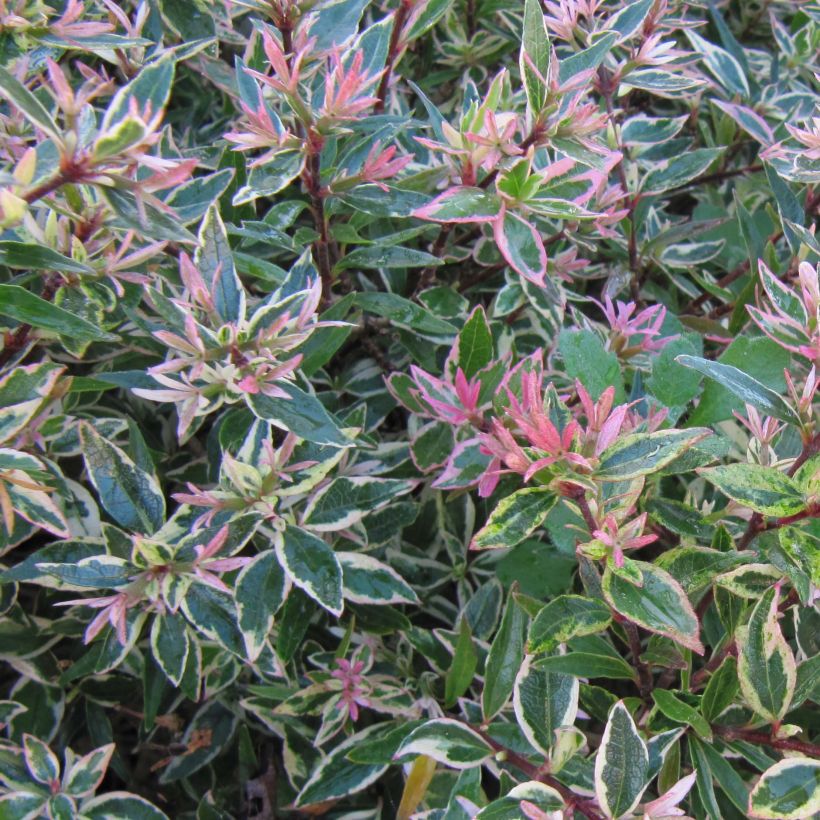

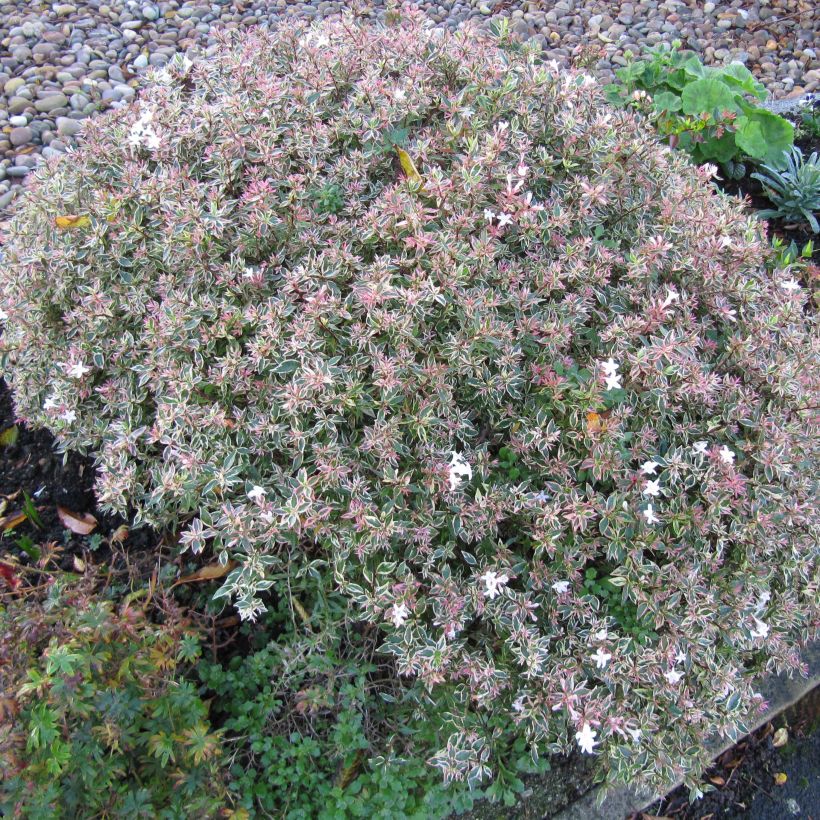

Plant habit
Flowering
Foliage
Botanical data
Abelia
x grandiflora
Confetti
Caprifoliaceae
Glossy Abelia
Cultivar or hybrid
Other Abelia
View all →Planting and care
Hardy to approximately -12° C (10.4° F), it dreads severe frost and waterlogged soils in winter. It thrives in sunny or partially shaded positions. Plant it preferably in spring in average climates, or in early autumn in hot and dry climates. Choose light, rather fertile, and well-drained soil. The ideal is to plant it in a balanced mixture of compost and garden soil. Easy to grow, not demanding in terms of soil, and tolerant to limestone, it requires little maintenance. This plant is resistant to moderate cold and short-lasting frost, salt spray, and winds, but protect it when it is young from cold and dry winds in winter by surrounding it with a winter fleece. Between February and April, before regrowth, prune diseased or dead wood and keep only vigorous branches to maintain the bush's compact habit. It is not susceptible to parasites or predators.
Planting period
Intended location
Care
Planting & care advice
-
, onOrder confirmed
Reply from on Promesse de fleurs
Similar products
Haven't found what you were looking for?
Hardiness is the lowest winter temperature a plant can endure without suffering serious damage or even dying. However, hardiness is affected by location (a sheltered area, such as a patio), protection (winter cover) and soil type (hardiness is improved by well-drained soil).

Photo Sharing Terms & Conditions
In order to encourage gardeners to interact and share their experiences, Promesse de fleurs offers various media enabling content to be uploaded onto its Site - in particular via the ‘Photo sharing’ module.
The User agrees to refrain from:
- Posting any content that is illegal, prejudicial, insulting, racist, inciteful to hatred, revisionist, contrary to public decency, that infringes on privacy or on the privacy rights of third parties, in particular the publicity rights of persons and goods, intellectual property rights, or the right to privacy.
- Submitting content on behalf of a third party;
- Impersonate the identity of a third party and/or publish any personal information about a third party;
In general, the User undertakes to refrain from any unethical behaviour.
All Content (in particular text, comments, files, images, photos, videos, creative works, etc.), which may be subject to property or intellectual property rights, image or other private rights, shall remain the property of the User, subject to the limited rights granted by the terms of the licence granted by Promesse de fleurs as stated below. Users are at liberty to publish or not to publish such Content on the Site, notably via the ‘Photo Sharing’ facility, and accept that this Content shall be made public and freely accessible, notably on the Internet.
Users further acknowledge, undertake to have ,and guarantee that they hold all necessary rights and permissions to publish such material on the Site, in particular with regard to the legislation in force pertaining to any privacy, property, intellectual property, image, or contractual rights, or rights of any other nature. By publishing such Content on the Site, Users acknowledge accepting full liability as publishers of the Content within the meaning of the law, and grant Promesse de fleurs, free of charge, an inclusive, worldwide licence for the said Content for the entire duration of its publication, including all reproduction, representation, up/downloading, displaying, performing, transmission, and storage rights.
Users also grant permission for their name to be linked to the Content and accept that this link may not always be made available.
By engaging in posting material, Users consent to their Content becoming automatically accessible on the Internet, in particular on other sites and/or blogs and/or web pages of the Promesse de fleurs site, including in particular social pages and the Promesse de fleurs catalogue.
Users may secure the removal of entrusted content free of charge by issuing a simple request via our contact form.
The flowering period indicated on our website applies to countries and regions located in USDA zone 8 (France, the United Kingdom, Ireland, the Netherlands, etc.)
It will vary according to where you live:
- In zones 9 to 10 (Italy, Spain, Greece, etc.), flowering will occur about 2 to 4 weeks earlier.
- In zones 6 to 7 (Germany, Poland, Slovenia, and lower mountainous regions), flowering will be delayed by 2 to 3 weeks.
- In zone 5 (Central Europe, Scandinavia), blooming will be delayed by 3 to 5 weeks.
In temperate climates, pruning of spring-flowering shrubs (forsythia, spireas, etc.) should be done just after flowering.
Pruning of summer-flowering shrubs (Indian Lilac, Perovskia, etc.) can be done in winter or spring.
In cold regions as well as with frost-sensitive plants, avoid pruning too early when severe frosts may still occur.
The planting period indicated on our website applies to countries and regions located in USDA zone 8 (France, United Kingdom, Ireland, Netherlands).
It will vary according to where you live:
- In Mediterranean zones (Marseille, Madrid, Milan, etc.), autumn and winter are the best planting periods.
- In continental zones (Strasbourg, Munich, Vienna, etc.), delay planting by 2 to 3 weeks in spring and bring it forward by 2 to 4 weeks in autumn.
- In mountainous regions (the Alps, Pyrenees, Carpathians, etc.), it is best to plant in late spring (May-June) or late summer (August-September).
The harvesting period indicated on our website applies to countries and regions in USDA zone 8 (France, England, Ireland, the Netherlands).
In colder areas (Scandinavia, Poland, Austria...) fruit and vegetable harvests are likely to be delayed by 3-4 weeks.
In warmer areas (Italy, Spain, Greece, etc.), harvesting will probably take place earlier, depending on weather conditions.
The sowing periods indicated on our website apply to countries and regions within USDA Zone 8 (France, UK, Ireland, Netherlands).
In colder areas (Scandinavia, Poland, Austria...), delay any outdoor sowing by 3-4 weeks, or sow under glass.
In warmer climes (Italy, Spain, Greece, etc.), bring outdoor sowing forward by a few weeks.






























